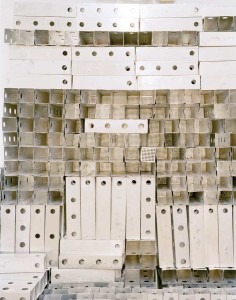Seed Safekeeping
01 Oct 2015
A look at the local facility that holds our agricultural future in its vaults.
By Eli Wallace When fire blight decimated the U.S. Department of Agriculture’s Apple Collection—an orchard in upstate New York that preserves the world’s apple strains—federal officials turned to Fort Collins, Colo. A squat building on the Colorado State University campus harbors one of America’s most important backup plans: the National Center for Genetic Resources Preservation. In layman’s terms, the NCGRP is a gene bank that preserves and researches seeds and animal DNA for agricultural use. “We’re a reservoir for crop diversity,” explains Stephanie Greene, the seed curator in Fort Collins. “We’re a security backup repository within the USDA gene bank system.”
Active & Alive
In addition to working with other seed banks in the USDA system, the bank in Fort Collins works with agriculturalists nationwide. The constant activity within the Fort Collins collection sets it apart from the more famous “Doomsday Seed Bank”—a facility in Spitsbergen, Norway, officially known as the Svalbard Global Seed Vault. Svalbard’s facility is the next level of agricultural backup: In case something happens to the Fort Collins facility, roughly 20 percent of its “spare” copies of America’s seeds are stored on the remote Arctic island, carved 396 feet into a mountain that’s 810 miles from the North Pole.
www.seedsoftimemovie.com. The film will be available for rent, VOD or DVD purchase this fall.












